How Indoor Air Quality Strategies Reduce The Risk of COVID-19 Transmission
As we enter the next phase of the COVID-19 pandemic, more science about how the virus behaves has become clear. Including how we can help reduce the risk of transmission.
There’s a little bit of science here, so take your time to read more!
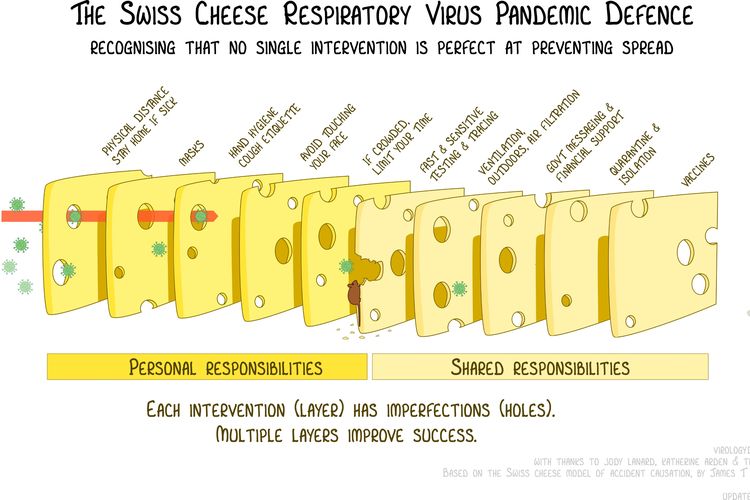
The Swiss Cheese Model for Pandemic Safety explains that a layered approach is the most effective, including things like vaccines, masking, distancing and others.
FIltration and Ventilation is one strategy that is simple to implement and very effective.
Here’s how:
Science Shows Indoor Air Quality Strategies Reduce COVID Risk
The COVID-19 primary transmission route is through the air (link). This means that if we can control the quality of the air, we can reduce the risk of the transmission happening.
Different research papers published have shown that places with poor indoor air quality (bad ventilation) have a higher risk of COVID transmission. This is because the air that is breathed out by people becomes more concentrated - and when somebody in the room is positive, the risk of catching COVID becomes very high.
That’s why scientists have recommended a few ways that healthy air quality can help reduce COVID transmission.
3 Indoor Air Quality Strategies To Reduce COVID-19 Transmission Risk
There are three key terms to remember as part of the strategies that can be utilized indoors - MONITOR, VENTILATE, FILTER.
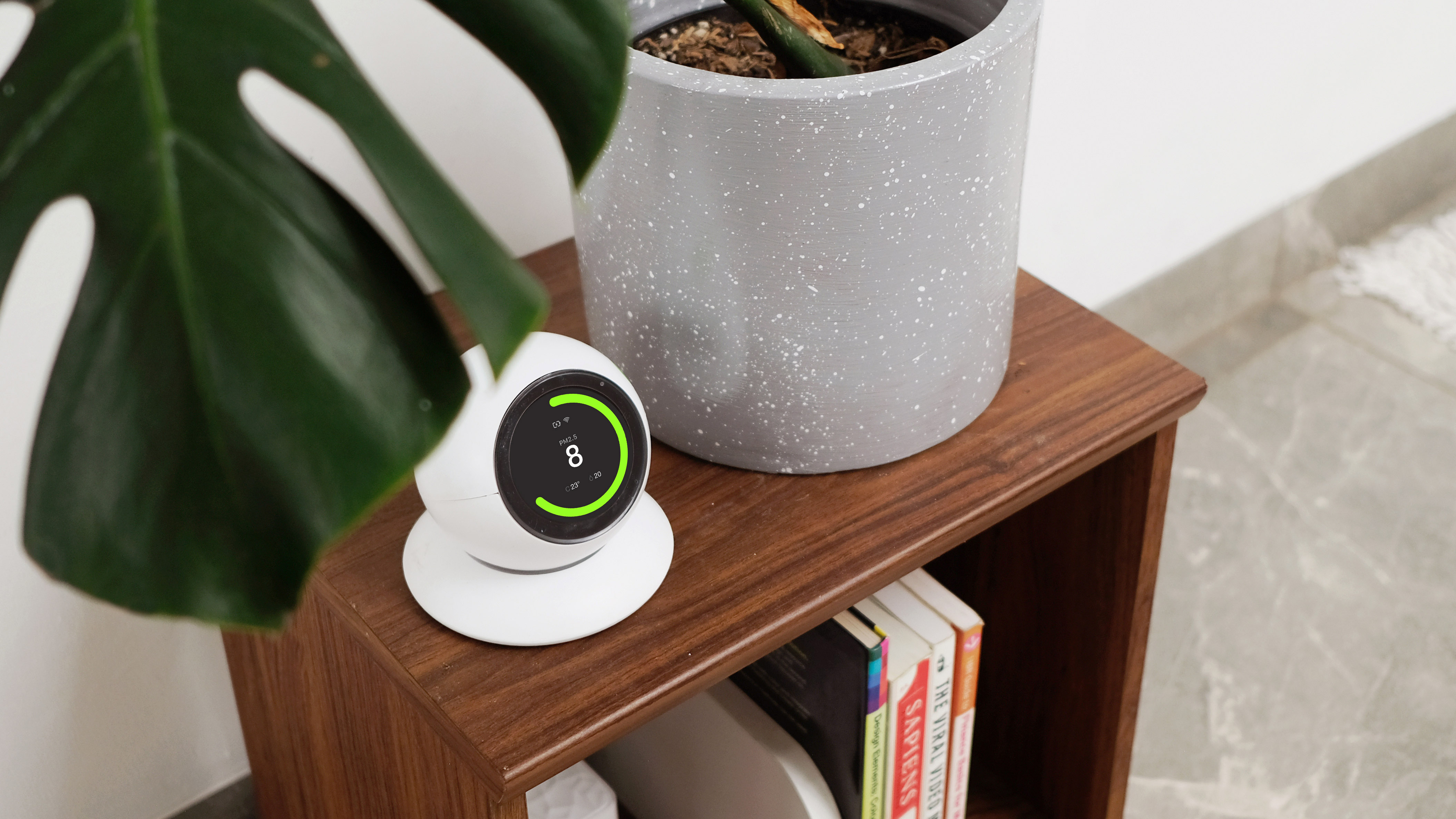
- MONITOR air quality inside your building
Real-time tracking of the virus is impossible, but there are ways that scientists have developed to estimate the risk of transmission of viruses inside buildings - real-time CO2 Monitoring.
People are the primary source of CO2 indoors, we release it when we exhale. When ventilation in a room is bad, it means that the concentration of air that we exhale becomes higher - indicated by a high CO2 level. During a pandemic this is a problem, because if someone who is infected is inside the room, the virus particles they exhale become more concentrated and the risk of becoming infected is higher.
Real-time CO2 monitoring allows us to find out if the ventilation in a given room is bad, and gives us an opportunity to take action - like Ventilation or Filtration.
- VENTILATE the area by keeping windows/doors open when air quality is good
A very quick and easy way to reduce CO2 concentrations in a room is ventilation - opening windows and doors. When this happens, the air from outside comes in to mix with the air inside and CO2 levels go down.
By monitoring CO2 levels in real-time, we can see how well our actions are improving the conditions and reducing the risk of COVID-19 transmission.
Sometimes, ventilation is not possible. There may be no windows in the room, or we cannot open the door. Outdoor air pollution may also be very high at the time (you can check yours by downloading the nafas app) and it might not be healthy to open the windows.That’s why scientists recommend Filtration using HEPA Air Purifiers.
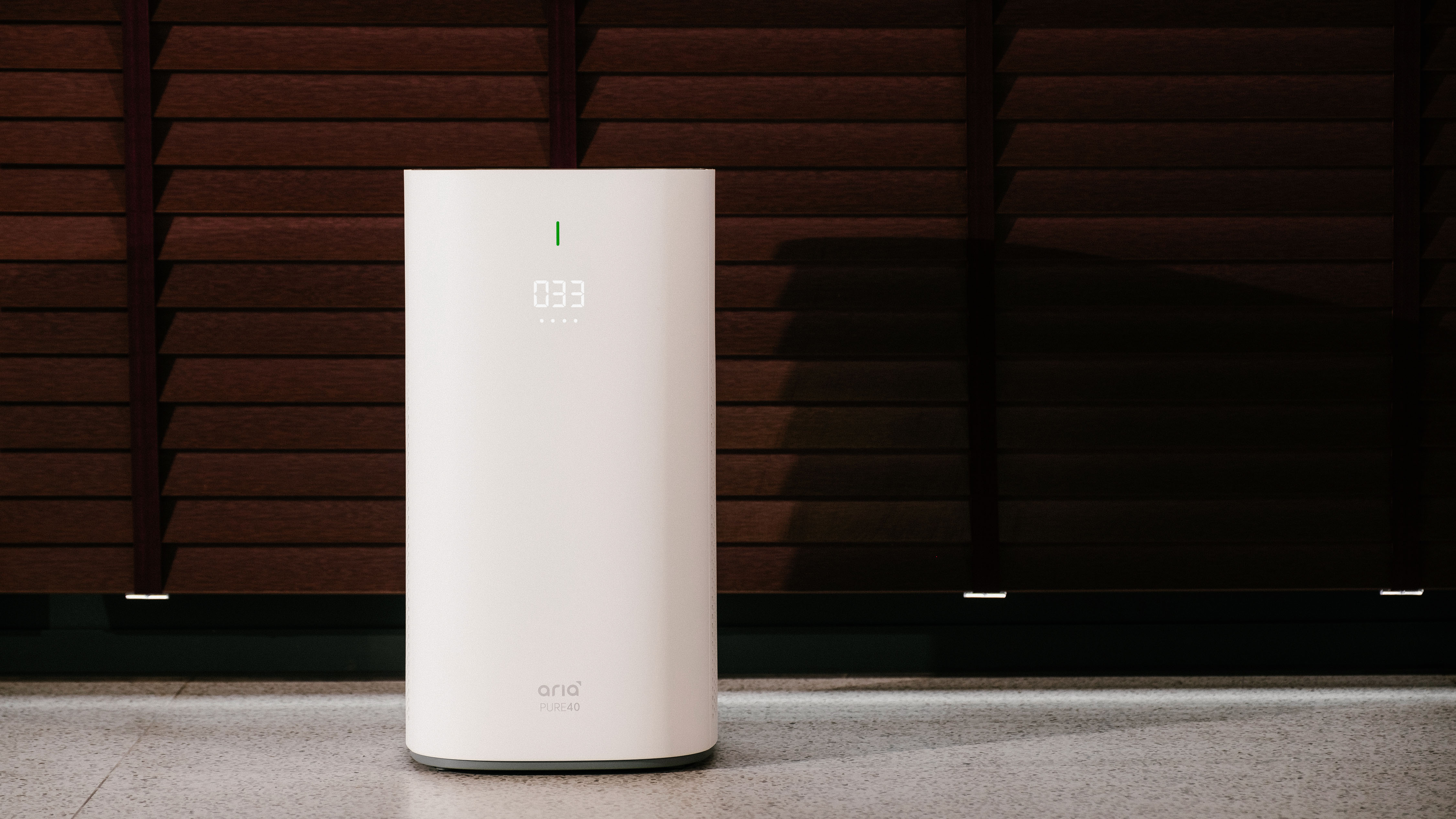
- FILTER the air using HEPA Air Purifiers (with no UV/Plasma/Ionisers)
According to published research, HEPA Air Purifiers have been shown to remove up to 90% of aerosol particles (including viruses) in a room. The filter in a HEPA Air Purifier works by catching these particles when the air passes through.
Additional technology such as UV, Plasma and Ionisation in Purifiers is NOT RECOMMENDED by scientists, as these types of devices have been shown to reduce indoor air quality. To read more about this, here is a link to a recently published paper titled Unintended Consequences of Air Cleaning Chemistry.
An important part of using HEPA Air Purifiers is to make sure that the device you use is properly sized for your room. If it is too small, then it will not be effective. Find out how to find the right size of HEPA Air Purifier for your room here - (link to article about this).
Clean Air Zones: How The Nafas Ecosystem Reduces COVID-19 Transmission Risk
We built Clean Air Zones as the end to end solution to help make air quality inside our buildings healthy. After all, we spend over 90% of our time indoors.
The Clean Air Zone ecosystem by Nafas helps you implement the MONITOR, VENTILATE, FILTER strategy very quickly and effectively.
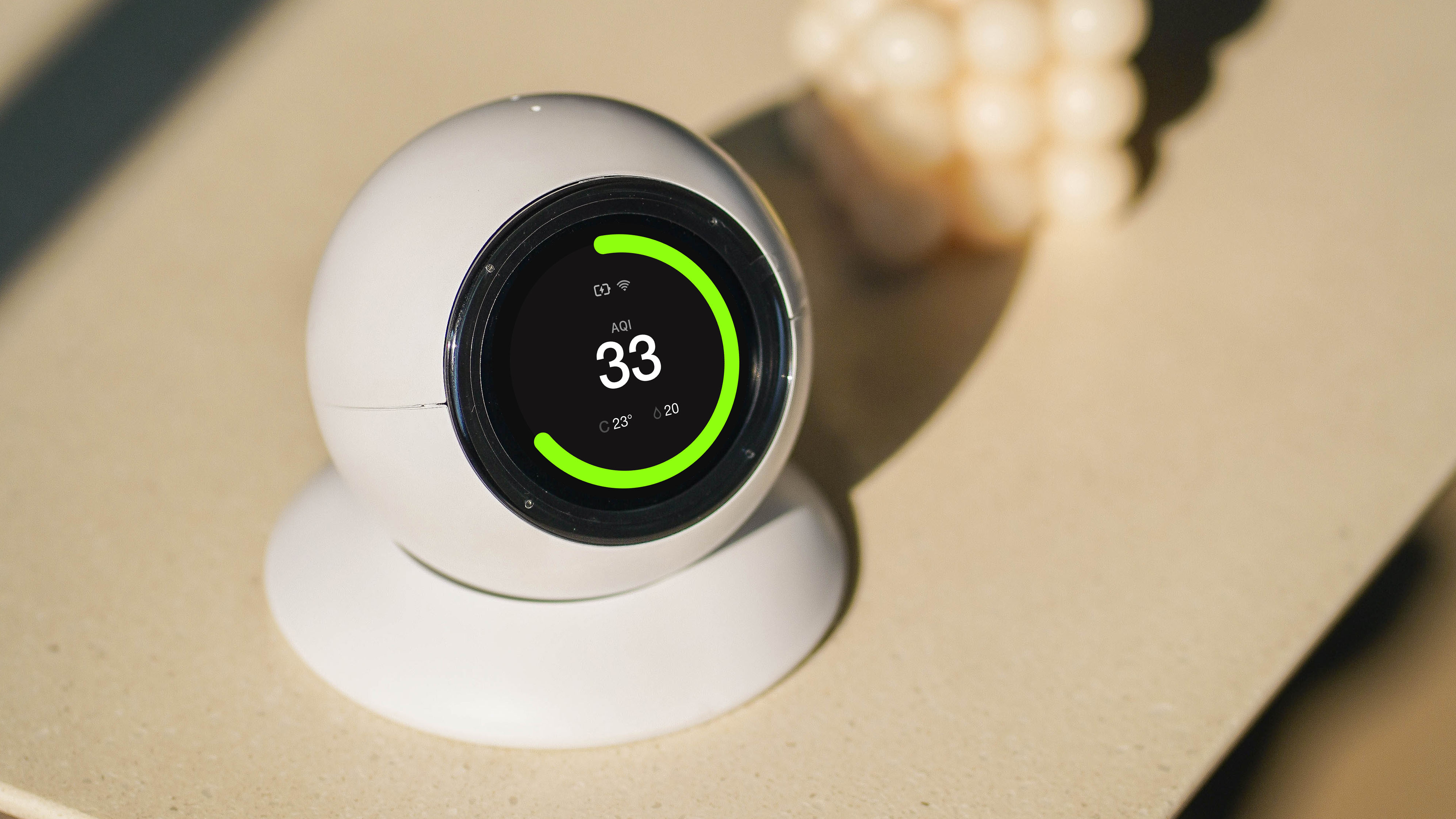
MONITOR
The Aria AirTest air quality monitor measures PM2.5, CO2, Temperature and Humidity, and because it is connected to the Nafas App, transmits that data to you wherever you are. If the CO2 levels are above recommended standards, you receive a notification to your phone and a reminder to take action.
The Aria AirTest has a built in Virus Risk Index, to help make sure your indoor air quality conditions are always optimal to keep risk of virus transmission low.
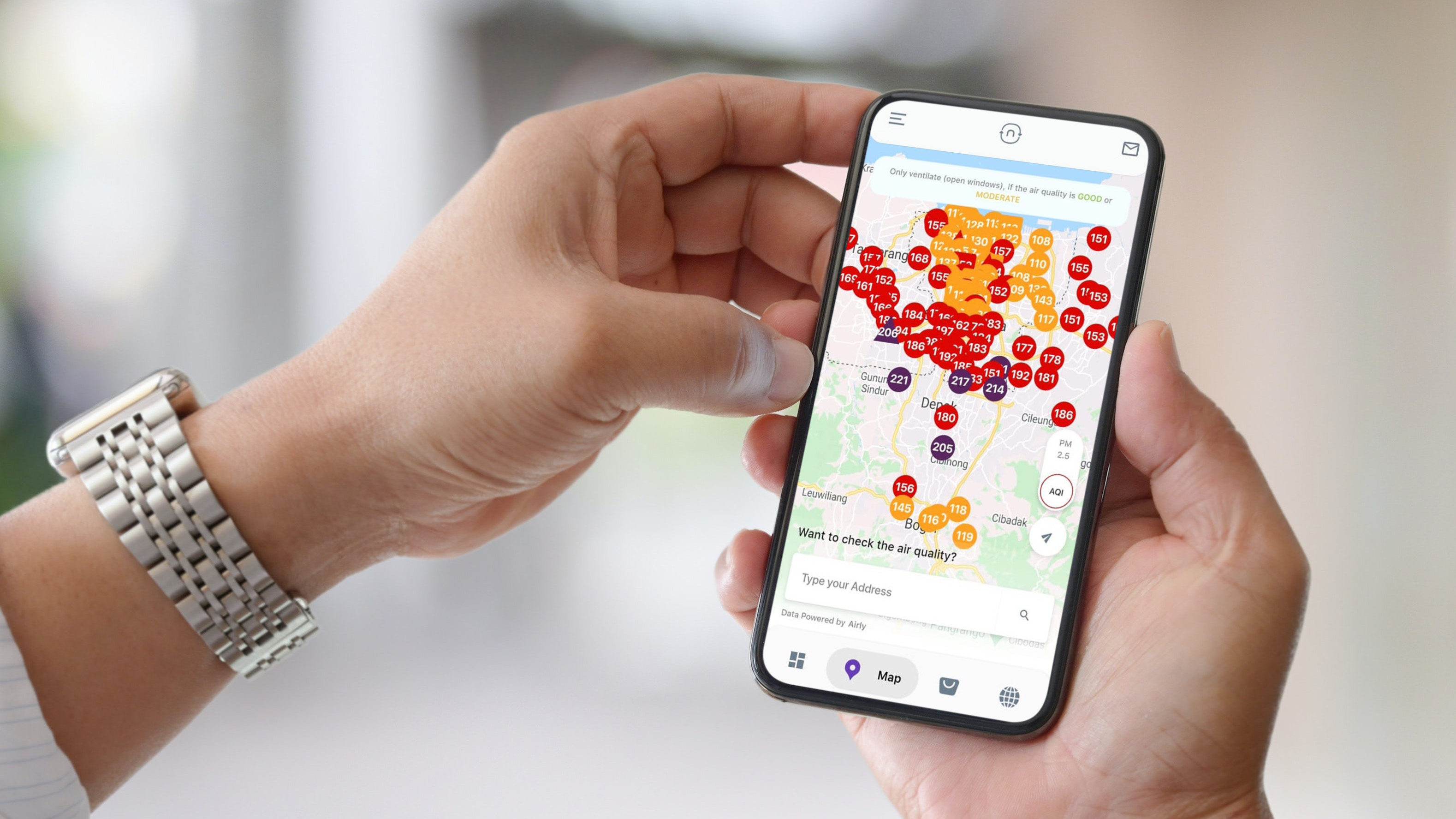
VENTILATE
The Nafas App shows real-time outdoor air quality data from 160 locations in Jabodetabek, Bandung, Surabaya, Yogyakarta and Bali. This data will help you know if the air quality outside is good or bad to open windows and ventilate.

FILTER
The Aria Pure40 connected HEPA Air Purifier helps filter particles and viruses in rooms up to 40m2. With a CADR of 350m3/h it works well at cleaning the air in larger rooms.
It is connected to the Nafas App as well, and the data is transmitted to the device. 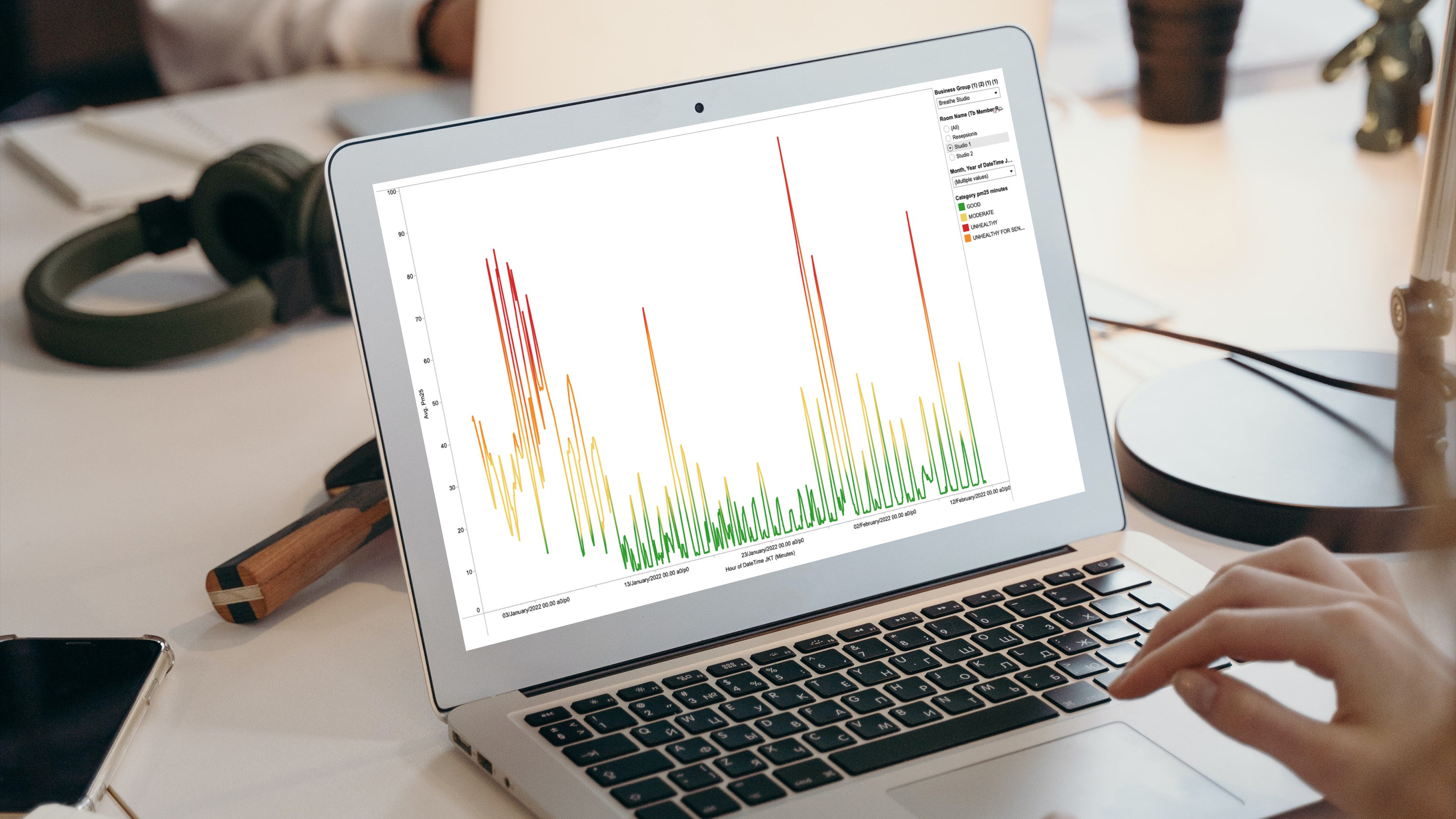
DATA
All data from the Clean Air Zone ecosystem is readily available through dashboards that can be accessed by key people in your business. This allows you to closely monitor the conditions, and implement the right steps to improve them.
Want to implement Clean Air Zones at your school, office, restaurant or other location?
Click here to send us an email!
If you’d like to read more of the science, here are the most relevant papers about this: